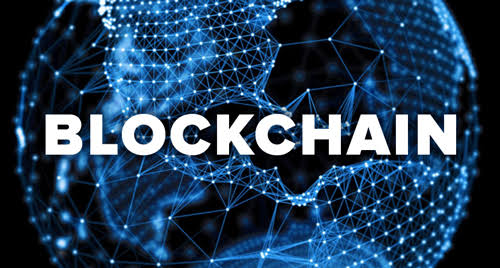Blockchain
A blockchain[1][2][3] – originally block chain[4][5] – is a continuously growing list of records, called blocks, which are linked and secured using cryptography.[1][6] Each block typically contains a hash pointer as a link to a previous block,[6] a timestamp and transaction data.[7] By design, blockchains are inherently resistant to modification of the data. A blockchain can serve as "an open, distributed ledger that can record transactions between two parties efficiently and in a verifiable and permanent way."[8][not in citation given (See discussion.)] For use as a distributed ledger a blockchain is typically managed by a peer-to-peer network collectively adhering to a protocol for validating new blocks. Once recorded, the data in any given block cannot be altered retroactively without the alteration of all subsequent blocks, which needs a collusion of the network majority.
Blockchains are secure by design and are an example of a distributed computing system with high Byzantine fault tolerance. Decentralized consensus has therefore been achieved with a blockchain.[9] This makes blockchains potentially suitable for the recording of events, medical records,[10][11] and other records management activities, such as identity management,[12][13][14] transaction processing, documenting provenance, or food traceability.[15]
The first distributed blockchain was conceptualised by Satoshi Nakamoto in 2008 and implemented the following year as a core component of the digital currency bitcoin, where it serves as the public ledger for all transactions.[1][not in citation given (See discussion.)] The invention of the blockchain for bitcoin made it the first digital currency to solve the double spending problem, without the use of a trusted authority or central server. The bitcoin design has been the inspiration for other applications.
.jpg)
.jpg)
Wow it really helps
this is really nice from you i like it
Nic
Nice
Nice
Nice
future technology.
Nice
Nice post
Nice
Nice
good